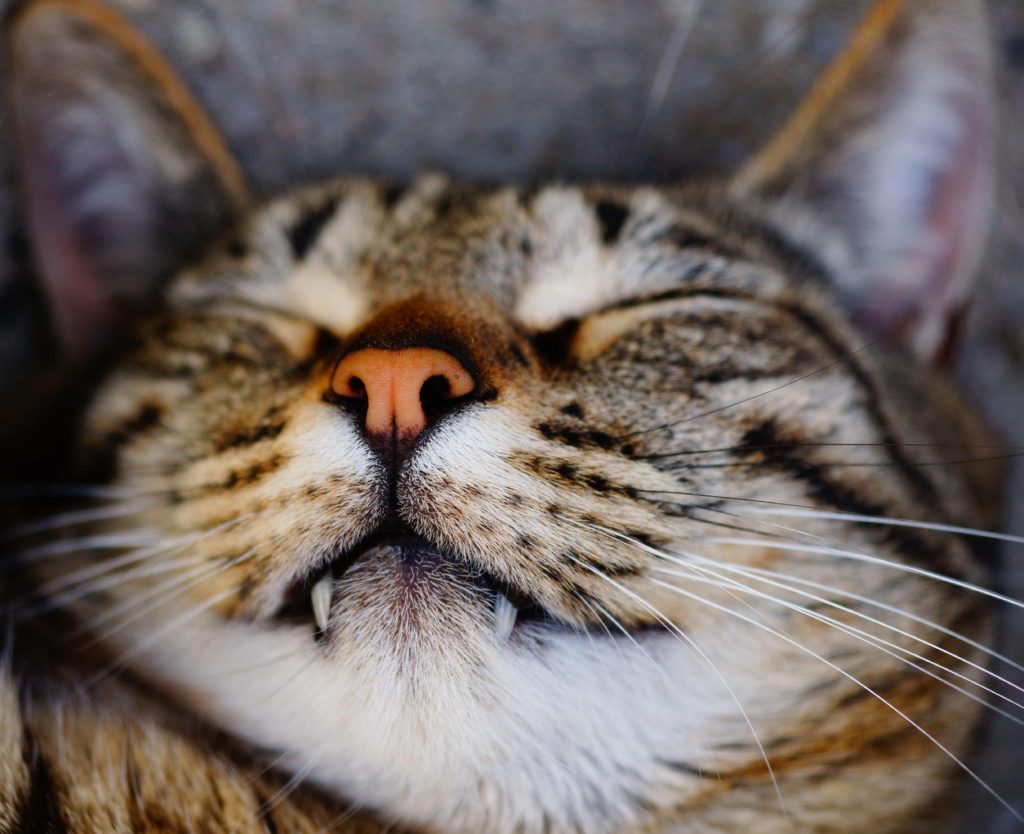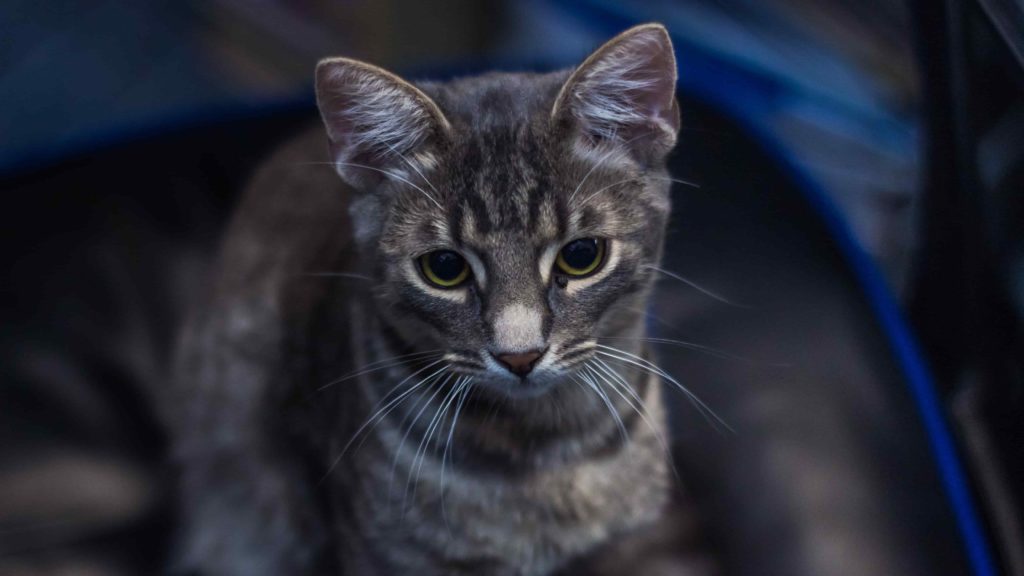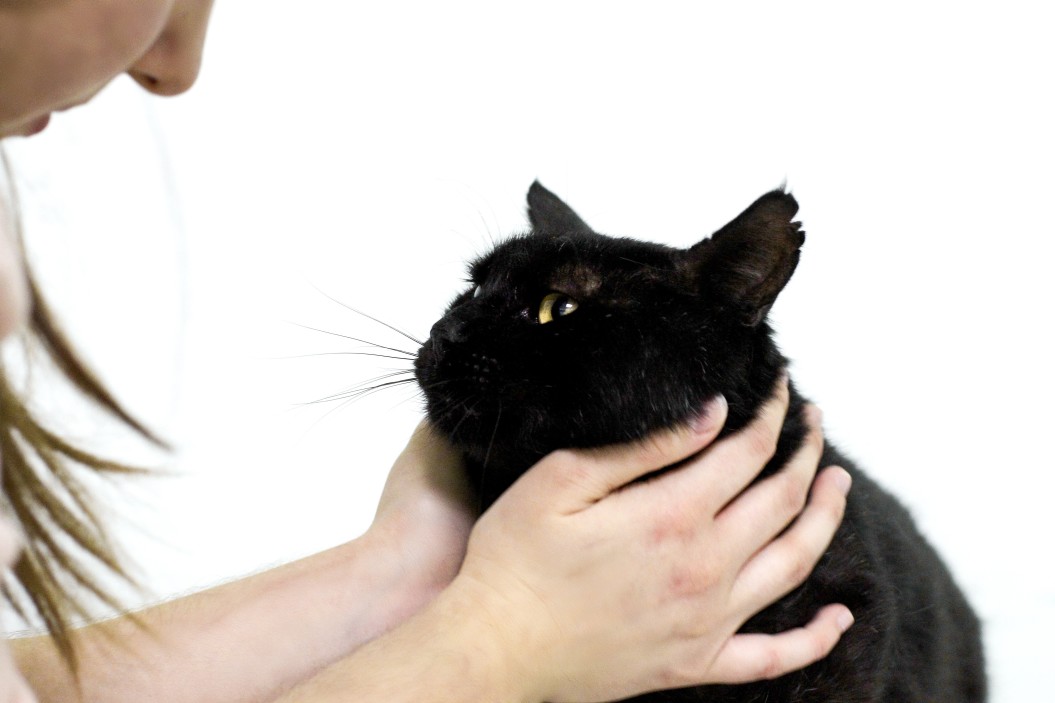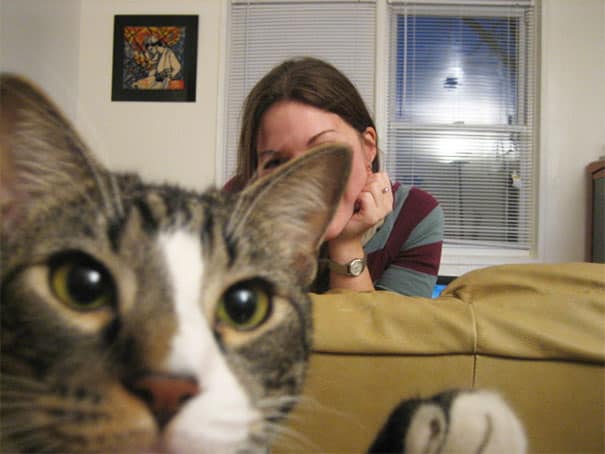Cats are master actresses. They can look perfectly fine while something quietly brews under the fur. The trick to catching cat diseases early? Notice the small daily shifts: appetite, coat, energy, eyes, breathing… a few clues are enough to ring the bell without panicking.
The good news: with simple checkpoints and a tiny observation routine, you’ll spot most issues early and call your vet in time. Ready to become your feline’s favorite health detective?

Everyday signs that can reveal cat diseases
Energy, hiding, and coat check
A playful cat that suddenly ignores toys, hides more, or gets cranky isn’t being “moody.” Those are classic discomfort signals. If the hiding is new or more frequent, it deserves your attention.
Coat tells a story too: dull fur, dandruff, thinning patches, or constant scratching often point to allergies or parasites. Scan the ears, neck, and tail base — they’re very “revealing” zones.
Need help spotting infestations and how to treat them? Peek at our cat fleas guide for practical, safe solutions: cat fleas: detect, treat, protect. For behavior that looks more like anxiety, these signs of stress in cats can help you decode what’s going on.

Appetite, weight, and hydration
Sudden appetite loss, untouched kibble, ignored treats… it’s not “just a phase” if it lasts. On the flip side, a water bowl that empties faster than usual may hint at metabolic issues.
Handy weigh-in: step on your scale with kitty, then subtract your own weight. Do it weekly and jot it down. A change of 5% or more? Time to call the vet. Want feeding basics that support steady weight? Here’s what cats should really eat.
Quick dehydration test: gently pinch the scruff and release. It should snap back almost right away. If it “tents,” don’t wait to consult. If your cat refuses food entirely, here’s why a cat that stops eating can be at risk: why not eating is dangerous.

Eyes, nose, and mouth
Watery eyes, thick discharge, the third eyelid peeking out, frequent blinking… don’t brush those off. Same for frequent sneezing or a stuffy nose.
In the mouth: bad breath, drooling, red gums, ulcers, or tooth sensitivity often explain why a cat “won’t eat.” Oral pain is common and easy to miss — until kitty stops eating altogether.
Suspect a cat “cold”? Our guide to cat coryza helps you recognize the signs and act early.
Fever and vomiting
A cat’s normal rectal temperature sits between 38–39 °C. Above that is fever; below 38 °C needs urgent attention.
Occasional vomit can come with hairballs. But repeated episodes — especially with lethargy, blood, or refusal to eat — need a vet, fast. Here’s a clear breakdown of why cats vomit and what to do.
Common mistake to avoid: never give human painkillers (ibuprofen, aspirin, acetaminophen). They can be toxic and even fatal. If ingestion of a plant or product is possible, check this list of plants dangerous for cats and contact your vet.
Breathing and behavior
Coughing, wheezing, belly breathing, panting, or a blue tongue are emergencies. A fast resting rate (tachypnea) matters too.
One-minute check: when your cat is in deep sleep, count breaths for 60 seconds. Aim for about 15–30/min at rest. Over 30 — especially if new or paired with fatigue — call your vet.
Behavior-wise, sudden aggression, anxiety, hiding, or new litter-box issues often mean the body is talking. If stress is likely, these stress signs and tips can help you soothe and assess.
When to consult without delay
- Appetite loss or no drinking for more than 24 hours; repeated vomiting.
- Breathing difficulty, bluish gums/tongue, persistent cough.
- Lasting fever, hypothermia, marked lethargy.
- Visible pain (meowing when touched), limping, seizures.
- Any suspect ingestion (toxic plant, household product, medication).
Keep this plant list handy to react quickly: plants toxic to cats.
The little Pawtounes bonus
- Original practical tip: place a slim piece of masking tape inside the water bowl and mark today’s level. Tomorrow, you’ll instantly see if your cat is drinking more or less — super useful for spotting subtle changes.
- Mistake to avoid: switching foods suddenly to “tempt” a sick cat. Abrupt changes can upset the stomach and worsen symptoms. Call your vet first and ask about gentle appetite stimulators or safe toppers.
- Surprising fact: cats sometimes purr when they’re in pain — it’s soothing for them. So a purr doesn’t always mean “all good,” which is why regular observation is gold.
Want a calm plan to act with confidence? Browse our guide on treating common cat health problems and build your step-by-step routine.
FAQ
What are the first signs of cat diseases?
Changes in appetite or thirst, hiding, dull coat, eye discharge, faster breathing, and unusual behavior. Focus on what’s new for your cat.
What is a cat’s normal temperature and how do I check it?
About 38–39 °C via a rectal reading. Below 38 °C or above 39.5 °C, call your vet — especially if other symptoms are present.
How fast should a cat breathe at rest?
Roughly 15–30 breaths per minute during deep sleep. Over 30 or any effort to breathe? It’s time to consult.
When is vomiting a concern for cats?
A single episode can be harmless. Repeated vomiting or any with blood, lethargy, diarrhea, or no eating/drinking for 24 h needs a vet quickly.







